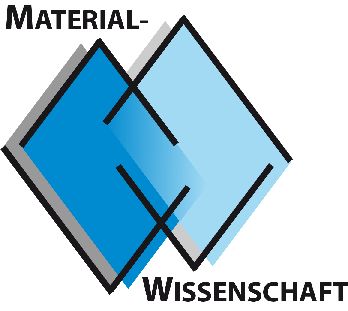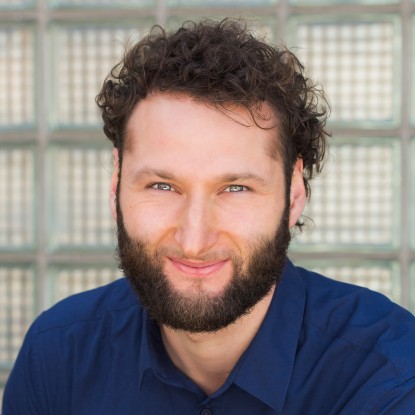Energy from the hibiscus flower: building a dye-sensitized solar cell
Materials Science in the Merck Juniorlabor
2024/10/16 by Andrea-Katharina Schmidt, Ruben Bischler
What do hibiscus tea and toothpaste have to do with the energy transition? On October 10 and 11 2024, the basic chemistry course Q1 of Ludwig-Georgs-Gymnasium Darmstadt was a guest at TU Darmstadt to get to the bottom of this question as part of a new joint experimental program offered by the Institute of Materials Science and the Merck Juniorlabor.
The students get hands-on in the Juniorlabor (“junior lab”): participants of the first Juniorlabor materials science experiment built their own dye-sensitized solar cells (also known as Grätzel cells) in small groups, examined their structure and tested their function.
They began with the production of a titanium dioxide paste. Titanium dioxide (TiO2) is otherwise used, for example, as a white pigment for wall paint or cosmetic products such as toothpaste or sun cream. The paste was then applied to a glass coated with a transparent, conductive layer and sintered. The procedure was repeated with a commercially available TiO2 paste optimized for the construction of Grätzel cells.
The groups then examined the microstructures of the two absorber layers produced in this way using atomic force microscopy (AFM). Here, the participants learned about an important analytical method in materials science that gave them an insight into the “nano world”.
In the next step, hibiscus tea came into play. This was used to “sensitize” the titanium oxide layers. The dyes in the flower, known as anthocyanins, convert light energy into electrical energy, thus ensuring the photovoltaic activity of the cell.
The counter electrodes were also produced by the students themselves, namely by coating another glass substrate with graphite. Finally, the solar cell was assembled and tested. Current/voltage measurements with different light sources were used to determine meaningful characteristic values for the quality of the cells.
How do materials scientists think?
Theoretical input in preparation for the laboratory practice and discussion of the measurement results were of course also part of the program. In this way, the cell performance and the microstructures revealed in the AFM were finally correlated. In this way, the students learned how to work in materials research, namely the application-oriented optimization of technical materials and the essential interplay between synthesis and characterization.
As this was the premiere of the program, the feedback from the participants was particularly important. The students provided many detailed and valuable tips for optimizing the offer for subsequent implementations. The employees of the Merck Junior Laboratory and the Institute of Materials Science responsible for the conception and implementation would like to thank the motivated students for their great cooperation and, last but not least, their dedicated teacher Ms. Winkelbrand.
Bookable from November
The interdisciplinary photovoltaics course will become part of the regular Juniorlabor program in future. For organizational reasons, it will take place in predetermined periods The first opportunities to participate in regular operation will be in November 2024 in calendar weeks 47 and 48.
- Target group: Chemistry and physics courses from E-phase (German high school system)
- Duration: 6 h (incl. break)
- Registration: via the request form






